
The Cavapoo is a hybrid, or designer breed that is a mix of the Cavalier King Charles spaniel and the toy poodle. Sometimes called a Cavadoodle or Cavoodle, this is a small dog (9-20 pounds) with soft, curly fur. This lovable and compact dog looks like a teddy bear with floppy ears, and is known for their companionable nature, playful personality, and low-allergen coat, making them a great fit for many families.
Learn more about the Cavapoo, including their care needs, temperament, history, and how to find an ethical breeder or rescue.
Group: Hybrid
Height: 11 to 14 inches (males); 9 to 11 inches (females)
Weight: 10 to 20 pounds (males); 9 to 15 pounds (females)
Coat: Medium length, wavy or curly coat
Coat Color: Cream, fawn, chocolate, gold, chestnut, tri-color; can be solid or have white markings
Life Span: 12 to 15 years
Temperament: Friendly, affectionate, gentle, playful, loyal, even-tempered
Hypoallergenic: Yes
Origin: Australia
Cavapoos are a great fit for a variety of lifestyles. They prefer being in the company of their humans rather than in a kennel, so prepare for them to be filled with excitement when you come home from being out, and don't forget about dog training that can help them be more comfortable with separation. If you're away from your home for most of the day, these dogs might not be the best fit.
What are Cavapoos like with children? They certainly have the energy to keep up with children, but as with all pets, make sure that your children have adult supervision when playing with your Cavapoo.
Cavapoos are especially affectionate with their families and tend to have a quiet, calm temperament when they're not exercising. They can also be quite energetic thanks to their playful personalities.
Poodle mixes, including the Cavapoo, have become increasingly popular in the United States in recent decades. These mixes, also called doodles, blend the personality traits of one breed—in this case, the Cavalier King Charles spaniel's good-naturedness—with the low shedding and hypoallergenic traits of poodles.
Cavaliers have a long history with European royalty, and as you may have guessed, were beloved by King Charles I and II. They are known for being affectionate, sociable, and friendly, and they thrive in the company of humans and other pets. Toy poodles worked as circus dogs, and their larger relative, the standard poodle, was a hunting dog. Poodles are beloved for their athleticism and intelligence.
Like other designer dogs, Cavapoos require a bit more grooming than short-haired breeds because of their curly coats. However, the Cavapoo is also highly trainable, eager to please, and only requires a medium amount of exercise to stay happy and healthy.
Despite the Cavapoo's high energy, this breed has moderate exercise requirements and will love their daily walks. They also like playing fetch, and are athletic enough to participate in dog sports like agility, obedience, and rally. This, combined with their small stature, makes them suitable for apartments and urban life.
Exercise is an important part of your dog’s daily life because it gives them the chance to release their energy and helps them stay healthy. Cavapoos are prone to weight gain and should be kept at a healthy weight to prevent heart issues, and exercise will help in this area.
Keep in mind that these dogs are on the smaller side, so there is a higher risk of injury with a playful child who gets a little carried away with their roughhousing.
Cavapoos have soft, medium-length fur that can range from wavy to curly and requires regular grooming. Though no dog is truly hypoallergenic, they are known for shedding very little, making them an ideal breed for those with allergies to pet dander. Their lack of shedding doesn't mean they don't need routine brushing, however.
If your Cavapoo isn't brushed at least once to twice a week, their wavy curls may start to mat. Aside from being uncomfortable and sometimes even painful, mats can make the skin underneath prone to infections. Some pet parents may opt to have their dog's fur cut short to help prevent matting.
In addition to brushing, your Cavapoo should get their nails trimmed regularly to prevent them from snagging or breaking. Also, their long ears make them prone to infections, so they need their ears cleaned regularly, and it's important to clean or trim the fur inside the ears, too.
Cavapoos are prone to tear stains on their light-colored fur. By washing your dog’s face daily, you can prevent this problem. Also, there are tear stain removers for dogs that can be used to keep their face clean.
As a smaller breed, Cavapoos are prone to dental disease. Brushing your Cavapoo's teeth daily, or as often as you can manage, with dog-friendly toothpaste can help keep them clean and healthy. Dental disease is not merely a cosmetic issue. Gingival tissue is vascular, and it is the number one area where bacteria can enter the bloodstream. This can lead to painful tooth abscesses and even endocarditis (inflammation of the heart muscle).
Cavapoos are intelligent, highly trainable, and eager to please. This breed can easily be trained (starting as early as 12 weeks of age) in basic obedience with positive reinforcement-based training. Marking the desired behavior with a treat or praise can help reinforce good behavior.
Because they are so closely bonded to their family, Cavapoos are also prone to suffering from separation anxiety. Work with a certified dog behaviorist to help solve the anxiety. You can also provide your dog with mentally stimulating activities, such as lick mats, KONG toys, and puzzle toys, while they’re home alone to keep them occupied.
Cavapoos are prone to diseases seen commonly in their parent breeds, the Cavalier King Charles spaniel and toy poodle. Reputable breeders will screen their spaniels, poodles, and Cavapoo puppies for these illnesses and avoid breeding dogs with genetic diseases.
Health problems commonly seen in Cavapoos can include:
Cavapoos tend to thrive on nutritious diets made for small- to medium-sized, high-energy dogs. Although the weight range for the breed doesn't seem very large, it can vary widely. A 9-pound Cavapoo is much smaller than a 20-pound Cavapoo and will require much less dog food per day.
Depending on their size and activity, your Cavapoo may require anywhere from 1/2 cup to 1 cup of food per day. Measure out their food, and avoid giving them too many treats, to help prevent canine obesity. Your veterinarian can provide a diet plan for your specific dog to maintain a healthy weight.
Cavapoos are relatively popular dogs. Despite being considered "designer," they are also commonly found at animal shelters due to their popularity. If you are interested in adding a Cavapoo to your family, start at your local shelter or rescue organization.
If you haven't found any Cavapoos at shelters, it's important to ensure that any breeder you use is reputable. These puppies typically cost between $1,000 and $2,000, but prices may vary depending on location and pedigree. The breed's popularity also makes them a common choice for puppy mills.
To buy a healthy dog raised in a safe environment, general rules of thumb include avoiding commercial pet shops and breeders that don't let you see the parents (or where they're kept).
Cavapoos are wonderful small- to medium-sized dogs that can make a great addition to many families. However, they require a lot of grooming and are prone to health issues.
The Cavapoo isn't the only poodle mix out there. If you're interested in adopting one, you can also consider their suitability for your home versus similar breeds:
Yes. Thanks to their even-tempered and affectionate nature, Cavapoos have great family personalities and respond well to positive reinforcement-based training.
Generally, Cavapoos don’t bark a lot. However, if they’re stressed or experiencing separation anxiety, or if they want to alert you to something or need attention, they may bark more.
Cavapoos become extremely bonded to their people, so this is not the best choice of breed for those who work full-time away from the home. If you do need to leave your Cavapoo alone for shorter periods of time, it's helpful to work with a trainer who has experience with separation anxiety in dogs.
Cavapoos are high-maintenance in the sense that their coats require a lot of grooming, including daily brushing and monthly trims. They don't require as much exercise and mental stimulation as some dogs and just want to be close to their humans.

Cute Pictures & Facts About Calico Cats & Kittens
Learn fascinating facts about calico cats, including photos, the genetics behind this color combination, and common folklore and traditions.
How to Prevent Cat Separation Anxiety During Vacations
Discover why cats develop litter box problems and cat behavior problems when you go on vacation and what you can do about it to help them.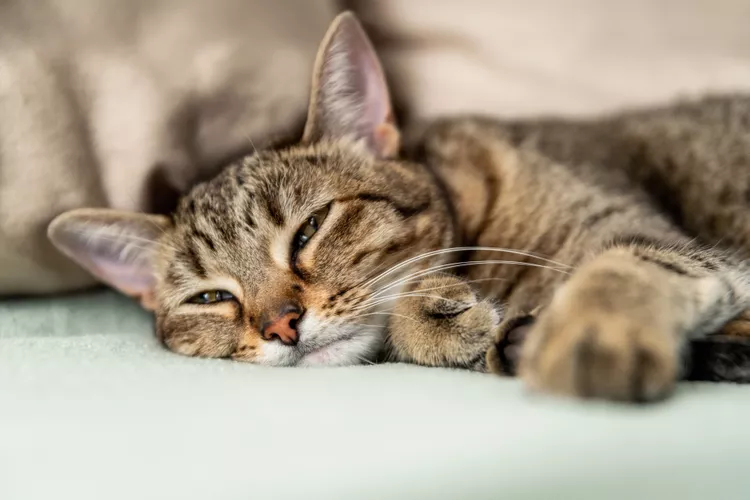
Cat Behavior Changes That Might Mean Something's Wrong
Cats' behavioral changes may indicate problems—or they may mean nothing at all. Explore causes of odd behavior and what to do about them.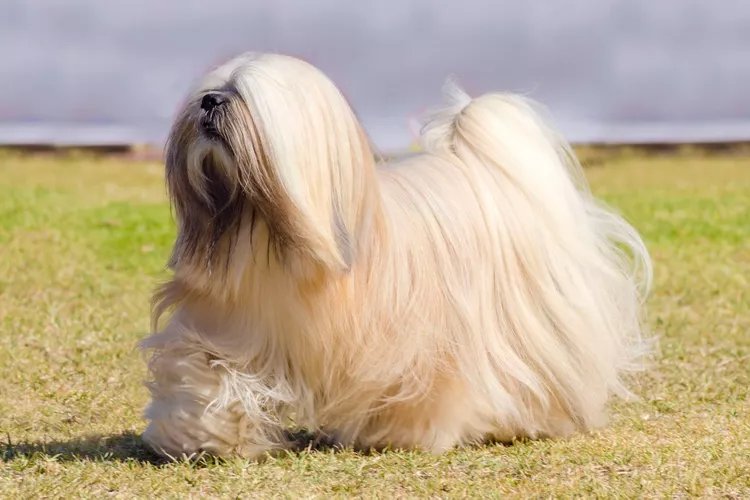
Lhasa Apso: Dog Breed Characteristics & Care
The Lhasa apso is an ancient breed from Tibet that was bred to be a watchdog. Learn about its history, health, exercise needs, and more.
Reasons Why Dogs Run Away and How to Stop It
Dogs can escape, especially if they’re bored and not properly contained. Here are some techniques for stopping your dog from running away.
Can Dogs Get Depression? How to Help Your Sad Dog
Can dogs get depression? Learn about the signs of depression in dogs and find out how to help your sad dog.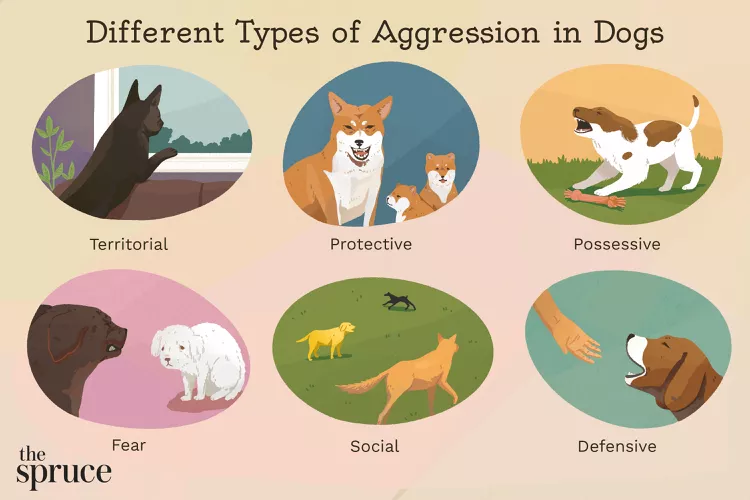
How to Stop Aggression in Dogs
Dog aggression can be a serious behavior issue for pet owners. Learn how to stop aggression in dogs before someone gets hurt.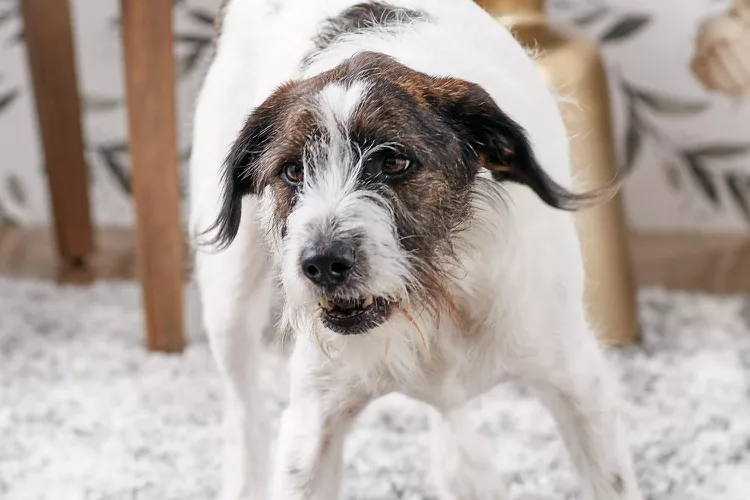
How to Stop Your Dog From Growling
A growling dog can soon become even more aggressive. Reduce the noise and potential for a dangerous situation with some of these techniques.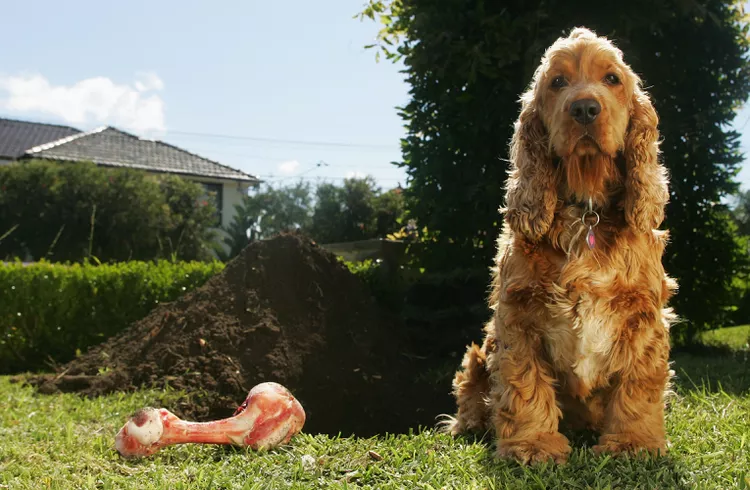
Why Do Dogs Dig Holes? How to Stop Your Dog from Relandscaping Your Yard
Dogs have been digging holes for centuries and for many reasons. Whether they’re bored or want to cool off in the dirt, here are the top reasons why dogs dig holes.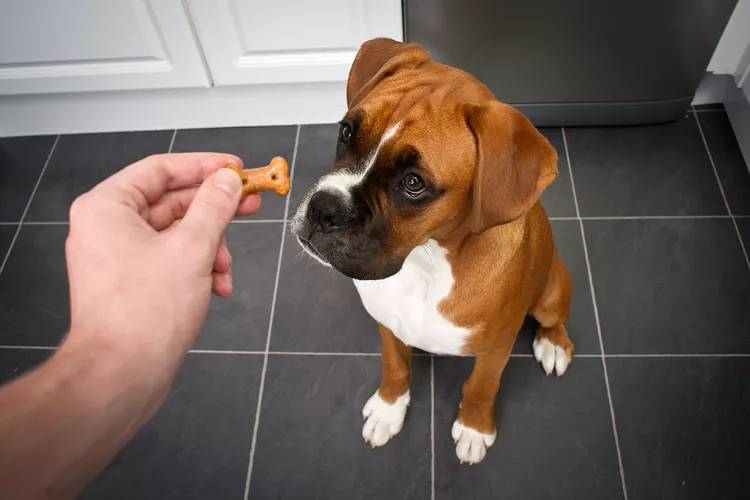
Dog Treat Varieties
Learn about the different types of dog treats on the market and decide which are best for your dog.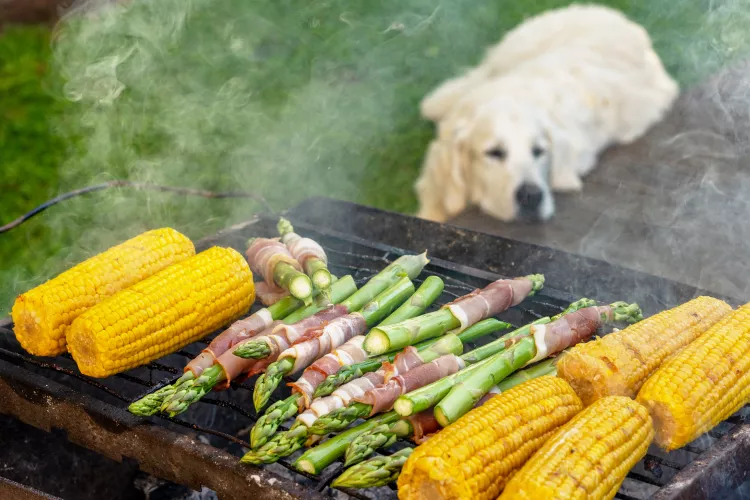
Can Dogs Eat Asparagus?
Dogs can eat asparagus, provided the vegetable is cooked plain and cut up for them. Seasonings, salt, and butter make it unhealthy for dogs.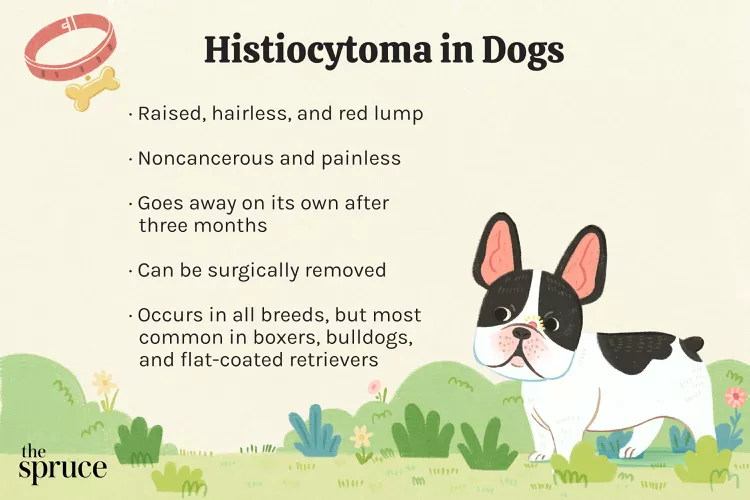
Histiocytomas in Dogs
A histiocytoma is a type of benign (non-cancerous) skin lump that usually affects young dogs. Learn the causes, treatment, and prevention.
Why Is My Dog’s Eye Swollen?
If your dog's eye is swollen, she may need veterinary attention. The inflammation could be caused by allergies, an injury, or even a tumor.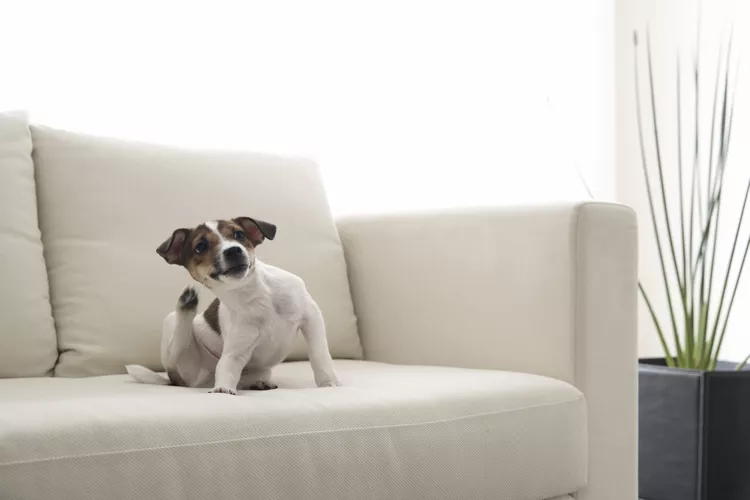
Common Bugs and Parasites Found on and Inside Dogs
Learn about common types of parasites in dogs. Find out how to treat and prevent parasites to keep your dog, your family, and yourself safe.
Exploring the Different Types of Pet-Friendly Beaches
Are you looking for pet-friendly beaches? Learn about the different types of pet-friendly beaches, their locations, and tips for visiting them with your pet.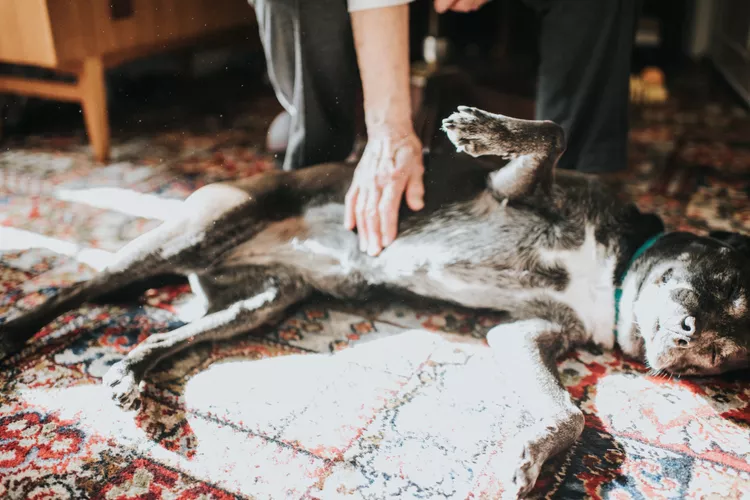
10 Obscure, Little-known Canine Facts in Honor of National Dog Day
With National Dog Day upon us, it's time to celebrate everything about our favorite pets—even the weirder stuff. Here are 10 obscure facts about dogs you probably didn't know.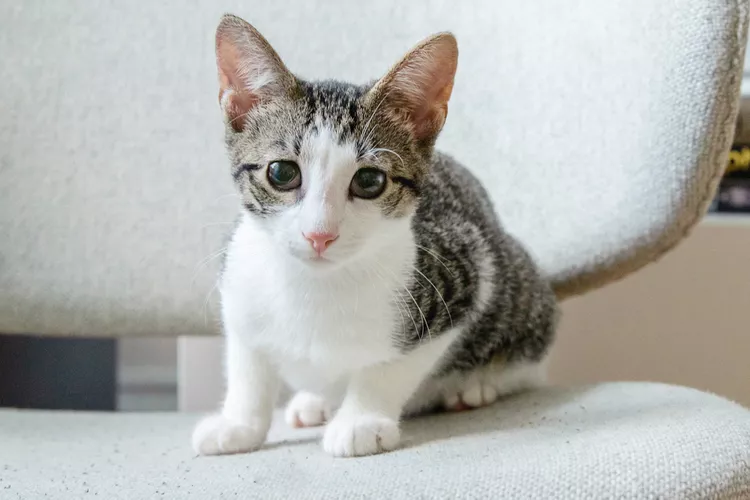
Kitten Development From 3 to 6 Months Old
Kittens grow and change a lot during their first year. Find out what happens between the ages of three months and six months old.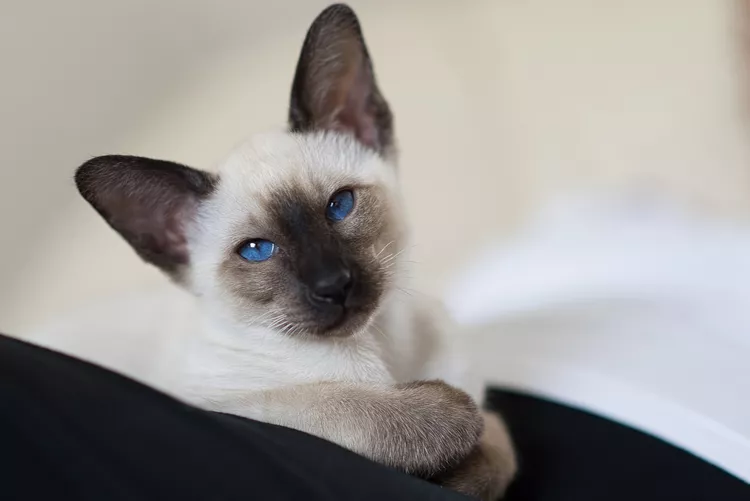
95 Siamese Cat Names
Our list of Siamese cat names has diverse and fun options to help you choose the ideal moniker for your elegant and lovable feline companion.
What to Buy for Your New Cat: A List of Essentials
Before you bring your new cat or kitten home, there are a number of things to collect or buy so your cat will feel welcomed like a family member.
The 6 Best Cat Nail Clippers of 2024 for a Safe Trim
Clipping your cat's nails can save your furniture and keep your kitty comfortable. We asked veterinarians for their cat nail clipper recommendations.